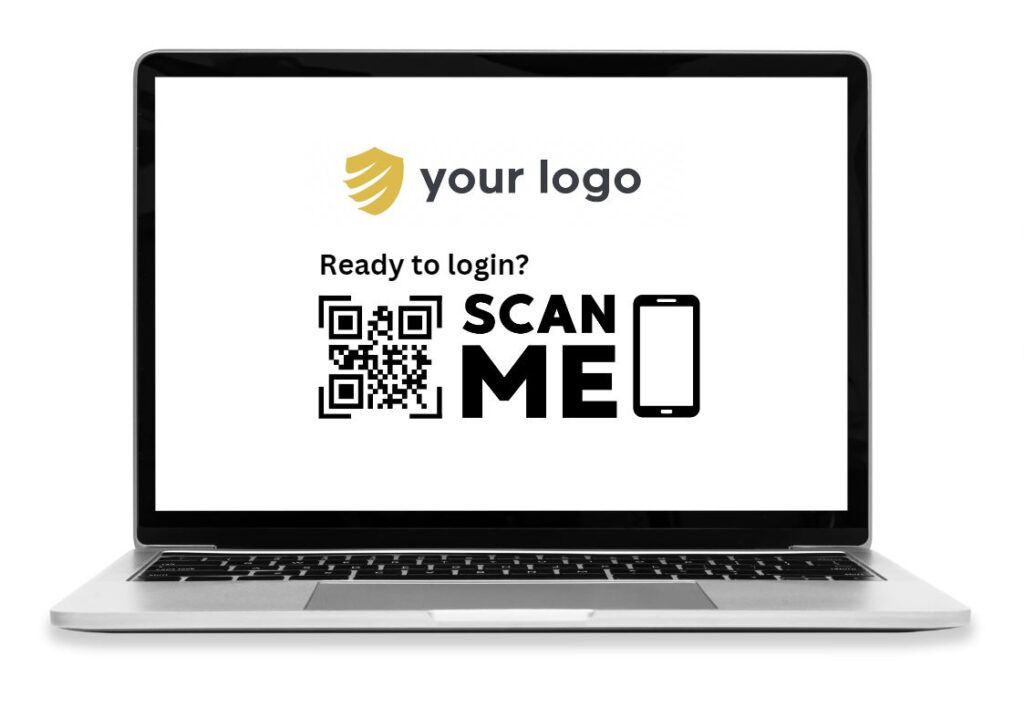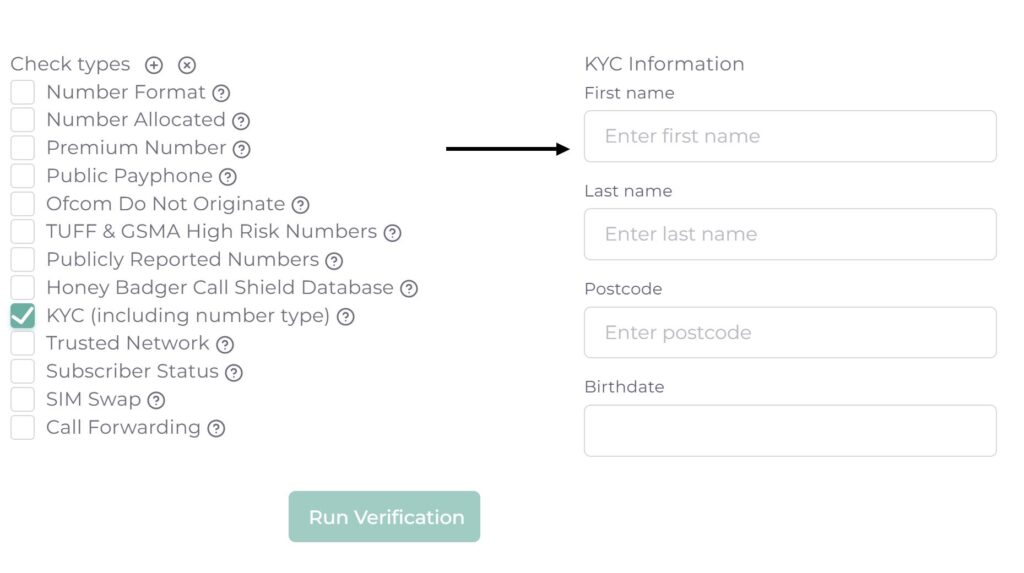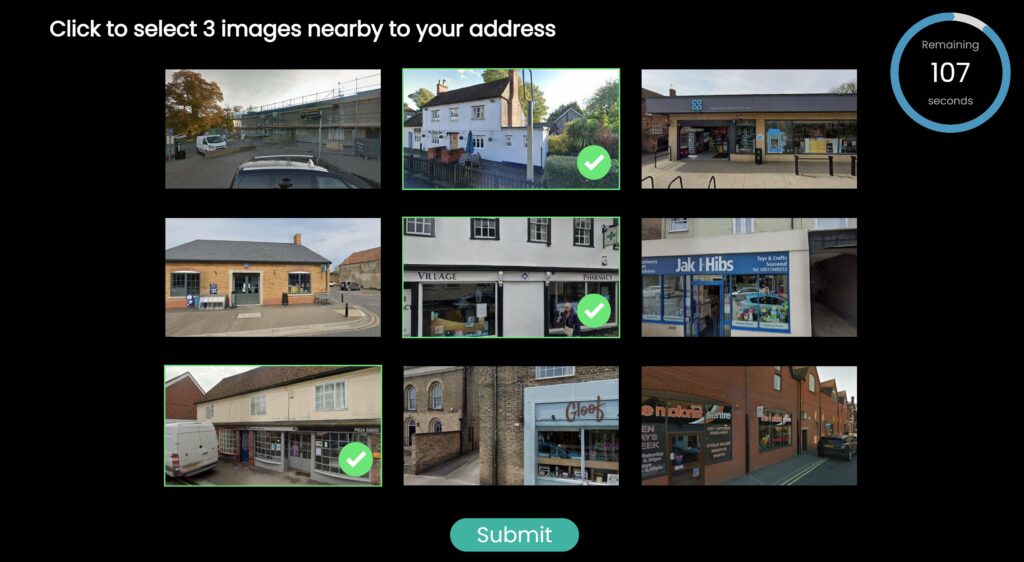It may not come as a surprise that fraud and scams have skyrocketed in recent years. In fact, some have been saying we’re in the golden age of fraud for a while now.
However, what may be less obvious is that as the frequency and complexity of fraud has increased, so too have the tools and technologies designed to fight back and help keep us safe. Companies like Akose Labs, Pindrop and Ping Identity (among many more) have been hard at work developing platforms for this very purpose.
There’s just one problem. The fraud prevention industry is swamped with solutions designed to flag potential suspicious bad actors based on user behaviour and other known data points. For example, Pindrop can tell you that a customer’s voice sounds different than normal. Pretty amazing! But so what? You know something isn’t quite right, but what are you going to do?
Herein lies the crux of the problem. Fraud prevention technology is great at telling you something doesn’t look right. At which point, it’s over to you to do something about it. That something is typically some form of extra authentication. Multi-factor authentication is the most secure and preferred method, yet it’s not always an option, and in many fraudulent situations you’ll find that the customer has conveniently lost or is unable to access their multi-factor authentication device.

So where to from here…? You guessed it. Most organisations will fall back to a series of security questions. Things like ‘What’s your mother’s maiden name?’, ‘What was the name of your first pet?’ and ‘Where did you go to school?’. Customers know the answers to these questions, but fraudsters aren’t stupid, and they know them too.
As great as fraud prevention technology can be, this is where you might find your strategy is built on pillars of sand. Stay tuned to the Badger Blog for more information on what you can do.
Honey Badger HQ











